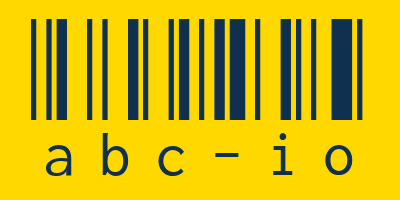- DJI’s new Romo vacuum uses AI-powered vision and decision-making for home cleaning
- The robot uses drone-grade sensors and real-time path planning to adapt to each room
- Romo’s high price and limited smart home integration may keep it from dethroning Roborock globally
DJI, a company known for putting autonomous flying machines in the sky, is now pointing its AI at the mess in your home. The company’s first robot vacuum line, Romo, is officially rolling out in Europe this week – though it’s select markets, for now, with no shared timeframe for the UK. And while it’s being marketed as a high-spec cleaning device, it also showcases how DJI is working to spread AI-powered tools along the ground as well as in the sky.
The three Romo models, S, A, and P, range from €1,299 to €1,899 and include features you’d expect from a top-tier robotic cleaner, like a self-emptying base, obstacle detection, mopping and deodorizing capabilities, and almost scary levels of suction. But it’s arguably the intelligence under the hood that defines the Romos, specifically, the type derived from DJI’s years of work in drone navigation.
The Romo’s machine learning functions allow it to mimic the kind of adapting and planning necessary to clean a home. The software learns the layout of a home as it moves through it, observing with dual fisheye vision sensors and solid-state LiDARs, aided by edge-aware depth algorithms. That means it can predict collisions ahead of time and avoid them by recognizing obstacles ranging from irregular furniture and wires to bits of dog food.

It’s not hard to connect the dots from DJI’s drone technology to the vacuum. Making split-second decisions in unstable, fast-moving environments is what autonomous drones have to do all the time. Avoiding a playing card is probably easier than avoiding a small bird moving through the air.
That’s also why other smart vacuum makers are likely keeping an eye on Romo. Most robot vacuums can do basic mapping and obstacle avoidance. Some can even mop or recognize room types. But Romo offers a more complex understanding of the environment and how a home might look different from minute to minute.
The vacuum device even changes its brush rotation when it detects debris like litter or food, applying more targeted suction while slowing down to prevent scatter. These behaviors are not hard-coded rules, either; they’re based on feedback to the algorithms within. And the dual flexible arms extend or retract based on AI-driven interpretation of edge geometry, not just bump detection.
And, there’s a hint of the filmmaking for which DJI drones are known in the video feeds from Romo’s onboard sensors. Owners can use them to check in on pets or kids remotely, though doing so requires two-factor authentication and uses encrypted transmission for privacy.
AI vacuum battle

Even Romo’s self-cleaning base station operates under the premise of minimizing human input, able to dose cleaning solution or deodorizer based on room type.
Whether DJI’s software is up to the level of its hardware may still be an open question, however. The DJI Home app isn’t as well integrated into smart home ecosystems as Apple HomeKit or Alexa Routines. For a vacuum this intelligent, the isolation feels like a missed opportunity. Still, you do get control over smart routines, cleaning zones, and AI-generated maps, so it’s hardly missing much in its own right.
Nonetheless, DJI isn’t likely to threaten Roborock’s throne in the short term. Romo’s price tag is steep even for power cleaners, and it’s not widely available across the globe, as of yet. Their appeal is for tech lovers, early adopters, and DJI die-hards, but everyday consumers may balk at spending €1,899 on something that cleans marginally better than a €799 competitor. It’s select markets in Europe for now, with no plans shared for a United States launch as of yet.
Romo doesn’t feel like a volume play, though. It’s more of a way for DJI to show that the same foundational tech used to pilot drones, stabilize cameras, and track athletes can also analyze your floor and decide whether that clump of fuzz is dust or dog hair.
DJI may be planning a whole AI-first consumer robotics rollout, with Romo as a test run. So while Roborock needn’t worry about Romo taking away all its customers, it should keep an eye on the future being mapped out now. Because if there’s one thing DJI tech is good at, it’s navigating a map.
Follow TechRadar on Google News and add us as a preferred source to get our expert news, reviews, and opinion in your feeds. Make sure to click the Follow button!
And of course you can also follow TechRadar on TikTok for news, reviews, unboxings in video form, and get regular updates from us on WhatsApp too.











Add Comment